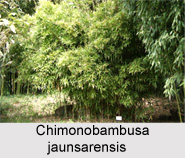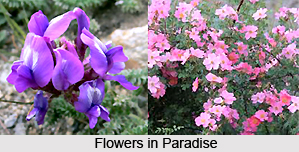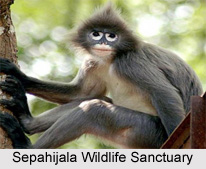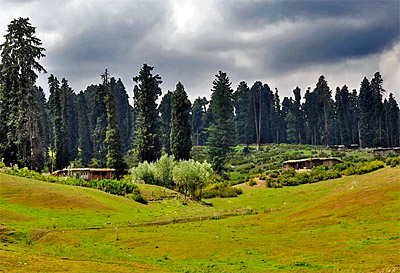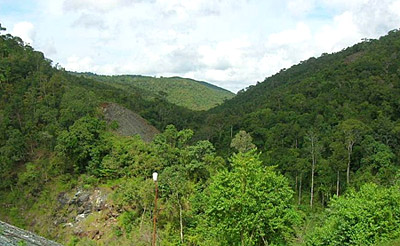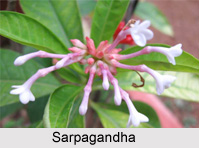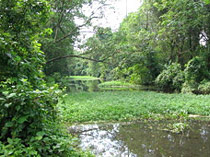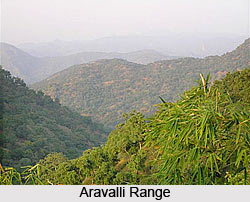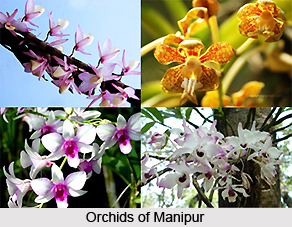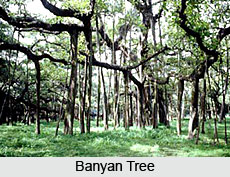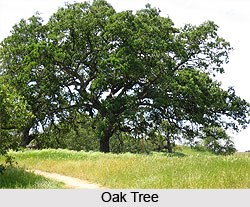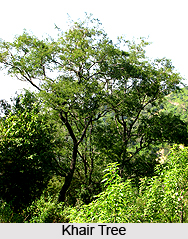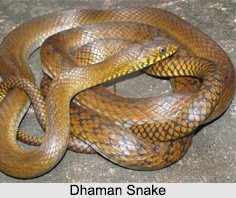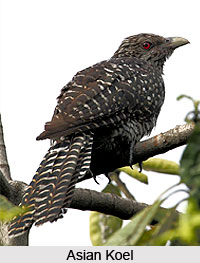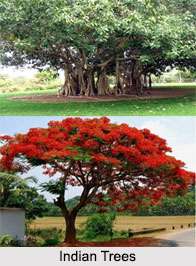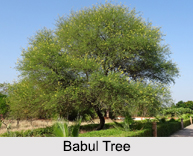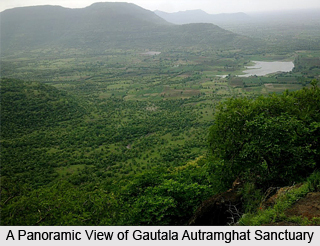 Gautala Autramghat Sanctuary is located in the Ajantha and Satmala hill ranges of Western Ghats in the Aurangabad and Jalgaon districts of the Indian state Maharashtra. It is a protected area and reserved forest which covers an area of 26,061.19 hectares. It was declared as a sanctuary by the Government of Maharashtra in the year 1986. It is also popular as Gautala Abhayaranya. It derives its name from the nearby village named Gautala which was in turn named after a Hindu ascetic Gautam Rishi, mentioned in the Ramcharitmanas. A small cave, which is believed to be his abode, is also existent there. The sanctuary has a picturesque natural beauty.
Gautala Autramghat Sanctuary is located in the Ajantha and Satmala hill ranges of Western Ghats in the Aurangabad and Jalgaon districts of the Indian state Maharashtra. It is a protected area and reserved forest which covers an area of 26,061.19 hectares. It was declared as a sanctuary by the Government of Maharashtra in the year 1986. It is also popular as Gautala Abhayaranya. It derives its name from the nearby village named Gautala which was in turn named after a Hindu ascetic Gautam Rishi, mentioned in the Ramcharitmanas. A small cave, which is believed to be his abode, is also existent there. The sanctuary has a picturesque natural beauty.
History of Gautala Autramghat Sanctuary
Gautala Autramghat Sanctuary has associations with religious practices of prehistoric and early historic times. It houses an ancient temple called Patna Devi dedicated to Parvati which allures a sea of devotees during Navaratri and Chaitra festivals. Presently it is under the protection of the Archaeological Survey of India. The sanctuary also hosts Buddhist cave temples, popularly known as Pitalkhora, veiled in the interior of Satmala ranges. These temples present the earliest examples of rock-cut caves in western India. Antur Fort, a Maratha fort, is also situated near the sanctuary.
Flora of Gautala Autramghat Sanctuary
Gautala Autramghat Sanctuary is mostly covered with dry deciduous forest in which the trees have stunted growth. Common species of trees which grow here include Dhawada, Khair, Anjan and others. Mostly the trees have a height of less than 10 metres. The regions atop hills have sparse vegetation. Euphorbia covers the slopes. The river valleys of the sanctuary support much greater diversity of vegetations. Extensive afforestation has been done in the sanctuary to enhance the forest cover through various plantation schemes and intensive soil and water conservation works. Good growth of grass can be observed on the hill tops. The rich diversity of flora supports a vast variety of faunal species in the sanctuary.
Fauna of Gautala Autramghat Sanctuary
Gautala Autramghat Sanctuary provides refuge to about 230 species of birds and 54 species of animals. Prominent wild animals here include Wolf, Dhole, Grey Langur, Bats, Hare, Nilgai, Leopard, Jackal, Fox, Barking Deer, Civet Cat, Leopard Cat, Monkey, Jungle Cat, Wild Boar, Wanderoo, Sloth Bear, Chinkara and many more. The avifauna of the sanctuary also exhibit great diversity including species like Pochards, Ibis, Storks, Spoonbills, Cranes, Patridges, Jungle Fowl and Quail. Peafowl dominates the winged species. Reptiles of the sanctuary enlist Rat Snake, Python, Keel Blackviper, Krait, Cobra, Monitor Lizard and others.
Visiting Information
Apart from the vibrant flora and fauna of the region, other tourist attractions of the sanctuary include sparkling waterfalls, lakes, temples and Chitalkhora caves. Some of the fascinating water spots located here are Mahadeo Taka-Dhawal Teerth, Sita Khori and Kedarkund. A tank called Gautala Talab also offers pleasant surroundings. Adventure lovers can cherish activities like rock climbing, trekking and nature study camps.
